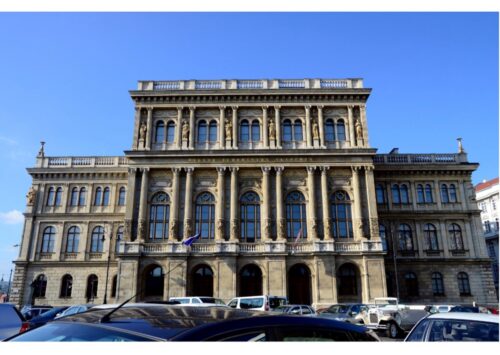
Hungary
Hungary
Science in Hungary
It has six sides, just as many colours and kept millions of people busy for days on end, especially in the 1980s: the Rubik's Cube, developed by Hungarian Ernö Rubik in 1974. Hence the English name ‘Rubik's Cube’. The biros, the transformer and the telephone exchange are also Hungarian inventions. And a Hungarian even laid an important foundation for Einstein's theory of relativity: Lóránd Eötvös. He invented the torsion pendulum, a gravity balance that could be used to measure the strength of gravity.
The Facts
| Population | 9,590,000 [1] |
| Area | 91,260 km² [2] |
| Gross domestic product per capita in US-Dollar | 22,147.0 [3] |
| Public expenditure on education (share of GDP) | 4.8 % [4] |
| Share of female researchers | 30.5 % |
| Universities | 70 |
| Universities per 1 million inhabitants | 7.20 |
| Students | 281,461 |
| Expenditure on Research and Development (share of GDP) | 1.5 (share of GDP) [5] |
Quellen:
-
↑
https://www.destatis.de/DE/Themen/Laender-Regionen/Internationales/Laenderprofile/ungarn.pdf?__blob=publicationFile
-
↑
https://www.destatis.de/DE/Themen/Laender-Regionen/Internationales/Laenderprofile/ungarn.pdf?__blob=publicationFile
-
↑
https://www.destatis.de/DE/Themen/Laender-Regionen/Internationales/Laenderprofile/ungarn.pdf?__blob=publicationFile
-
↑
https://www.destatis.de/DE/Themen/Laender-Regionen/Internationales/Laenderprofile/ungarn.pdf?__blob=publicationFile
-
↑
https://www.destatis.de/DE/Themen/Laender-Regionen/Internationales/Laenderprofile/ungarn.pdf?__blob=publicationFile









